J-Cal
TPF Noob!
- Joined
- May 16, 2016
- Messages
- 52
- Reaction score
- 12
- Location
- Boston
- Website
- www.jamescalandrella.com
- Can others edit my Photos
- Photos OK to edit
Hi everyone,
So once in a while I take my camera out to a job and shoot some photos. Sometimes I do ok, however every once in a while there is a lighting situation that destroys photos by over saturating them. I've included one here. This is one of the extreme ones, most were not quite like this.
Now, i've shot enough outdoors to know that I can't always go by my camera's meter. I look at the shot, and I can usually tell what it needs (or what I want), but in intense stage lighting it's not that easy. It also doesn't help that i'm rushed most of the time when i'm shooting on the job so I don't get to tinker as much as I would like. In fact, maybe that's most the problem.
So i'm wondering what you guys do in these situations. I did make some exposure adjustments, trying to underexpose a little to try to get less blow out, but it didn't help that much. Again, I was rushed so I didn't get to really start experimenting.
This was shot on a D7100 with a Nikon 17-55 2.8 lens. Im not sure if I had my (Nissan Di600) flash on or not. I did experiment with that a little as well. The purple was dominating the photos with it on and off to saying degrees....and flash is new to me so there's that...
Thanks in advance.
So once in a while I take my camera out to a job and shoot some photos. Sometimes I do ok, however every once in a while there is a lighting situation that destroys photos by over saturating them. I've included one here. This is one of the extreme ones, most were not quite like this.
Now, i've shot enough outdoors to know that I can't always go by my camera's meter. I look at the shot, and I can usually tell what it needs (or what I want), but in intense stage lighting it's not that easy. It also doesn't help that i'm rushed most of the time when i'm shooting on the job so I don't get to tinker as much as I would like. In fact, maybe that's most the problem.
So i'm wondering what you guys do in these situations. I did make some exposure adjustments, trying to underexpose a little to try to get less blow out, but it didn't help that much. Again, I was rushed so I didn't get to really start experimenting.
This was shot on a D7100 with a Nikon 17-55 2.8 lens. Im not sure if I had my (Nissan Di600) flash on or not. I did experiment with that a little as well. The purple was dominating the photos with it on and off to saying degrees....and flash is new to me so there's that...
Thanks in advance.
Attachments
Last edited:


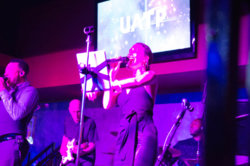
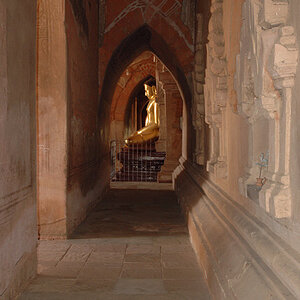
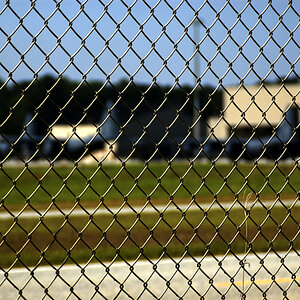
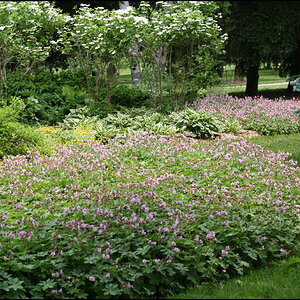

![[No title]](/data/xfmg/thumbnail/36/36300-760519cb9a8ebbfc57cc3d1fda5dd37c.jpg?1619737494)
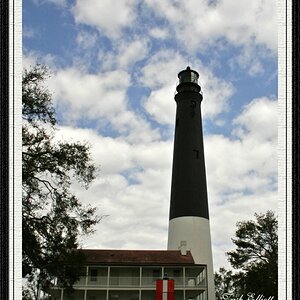
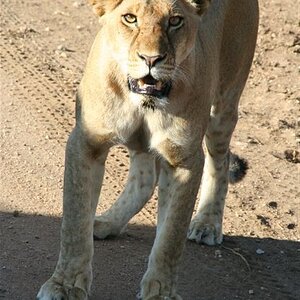
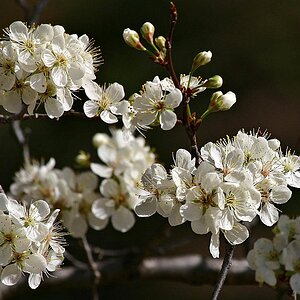

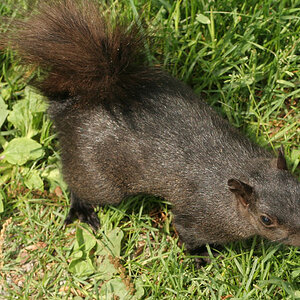

![[No title]](/data/xfmg/thumbnail/35/35266-f58b019dadff6920c09071a847f052c3.jpg?1619736970)